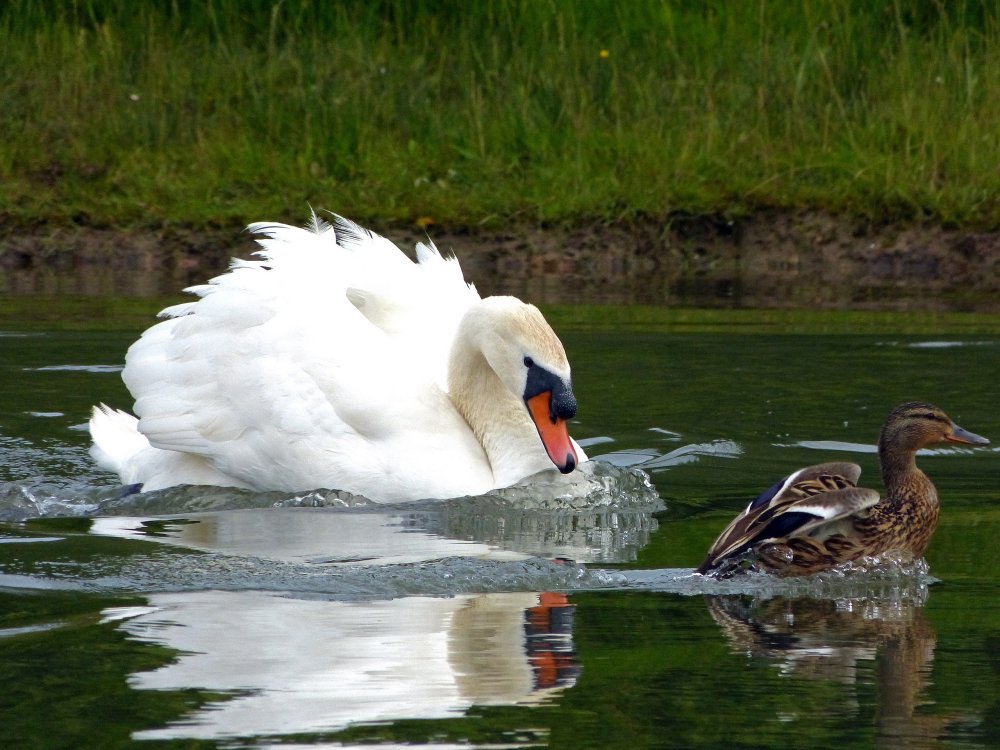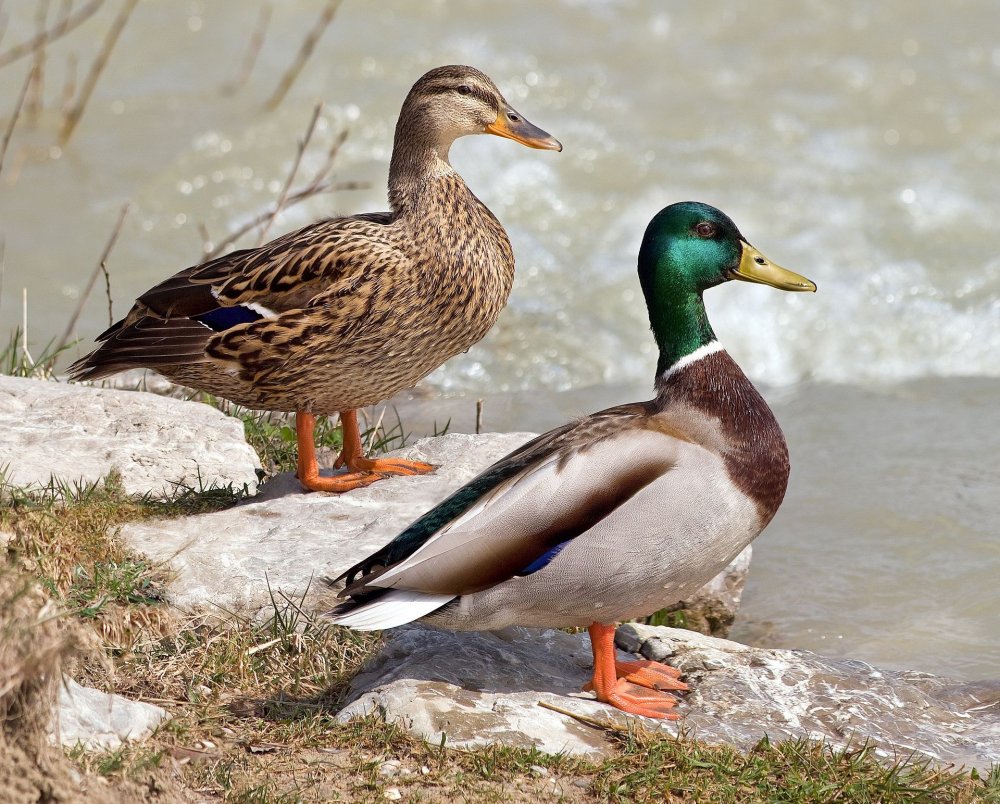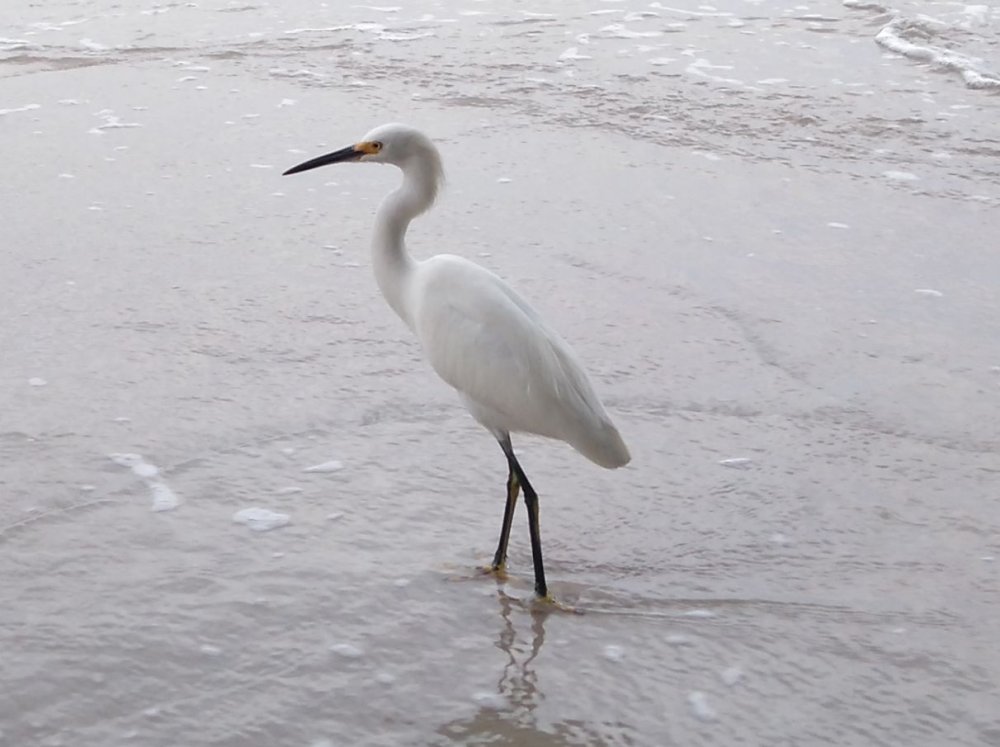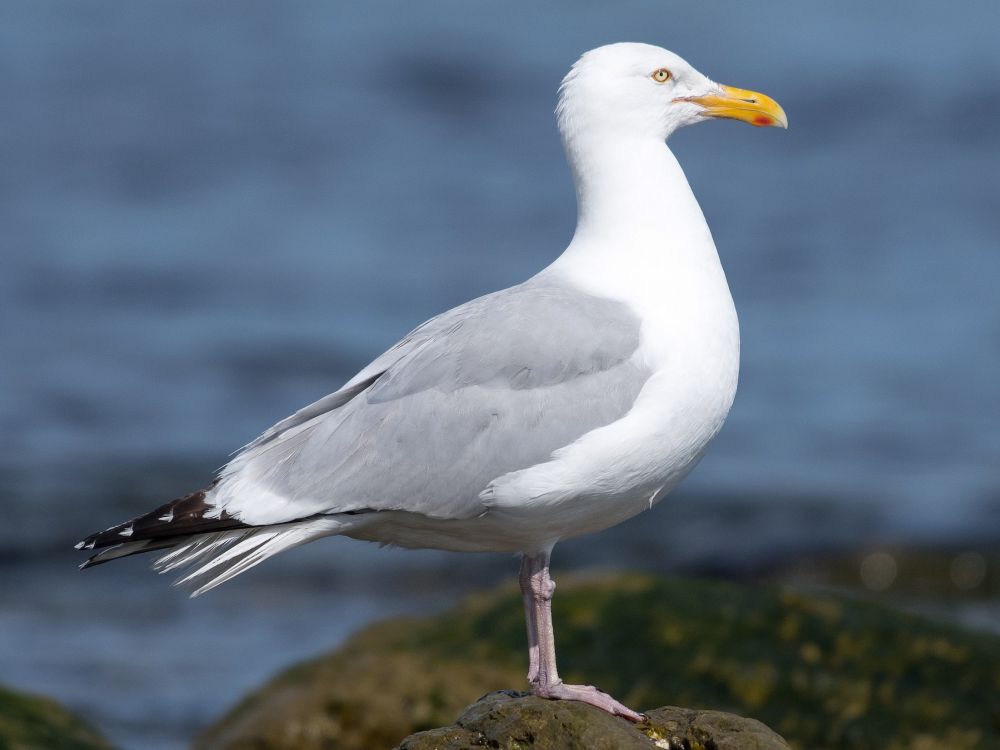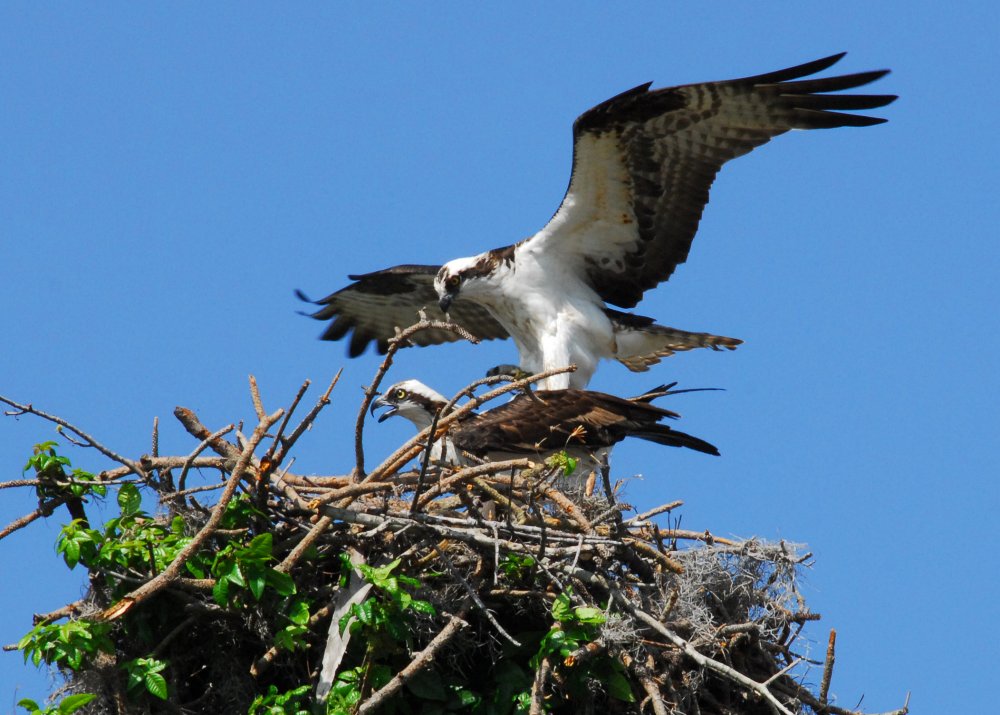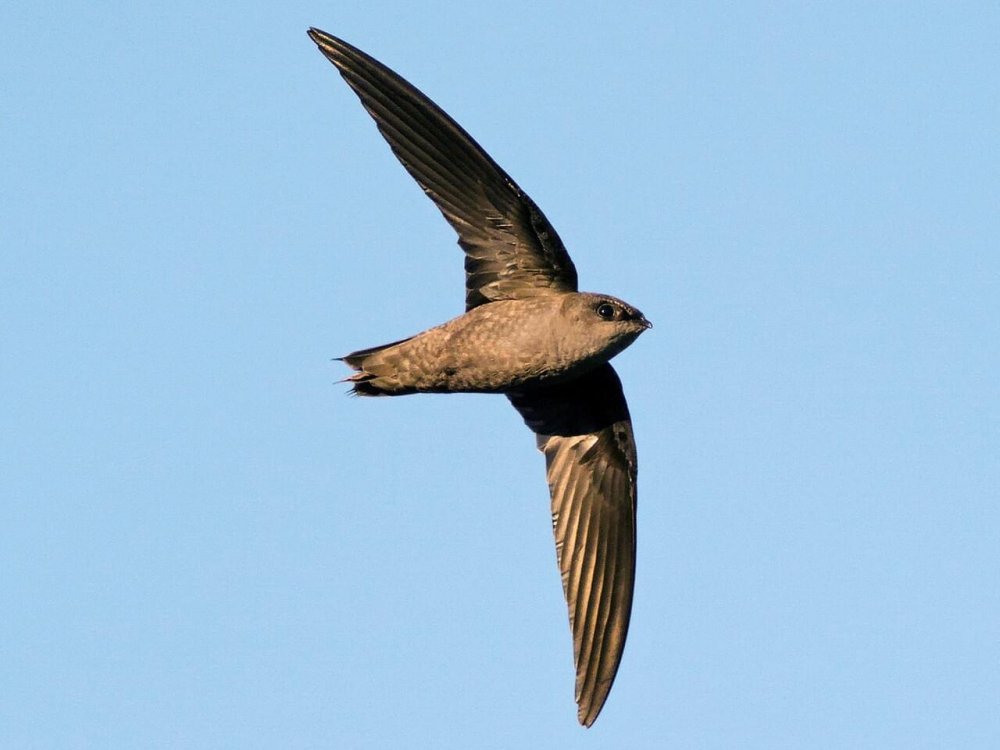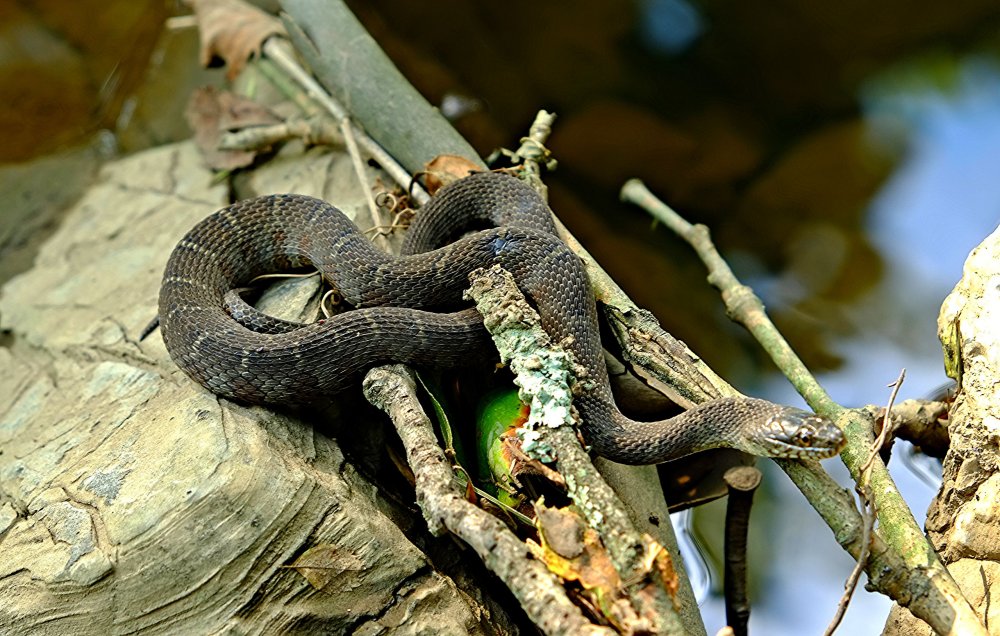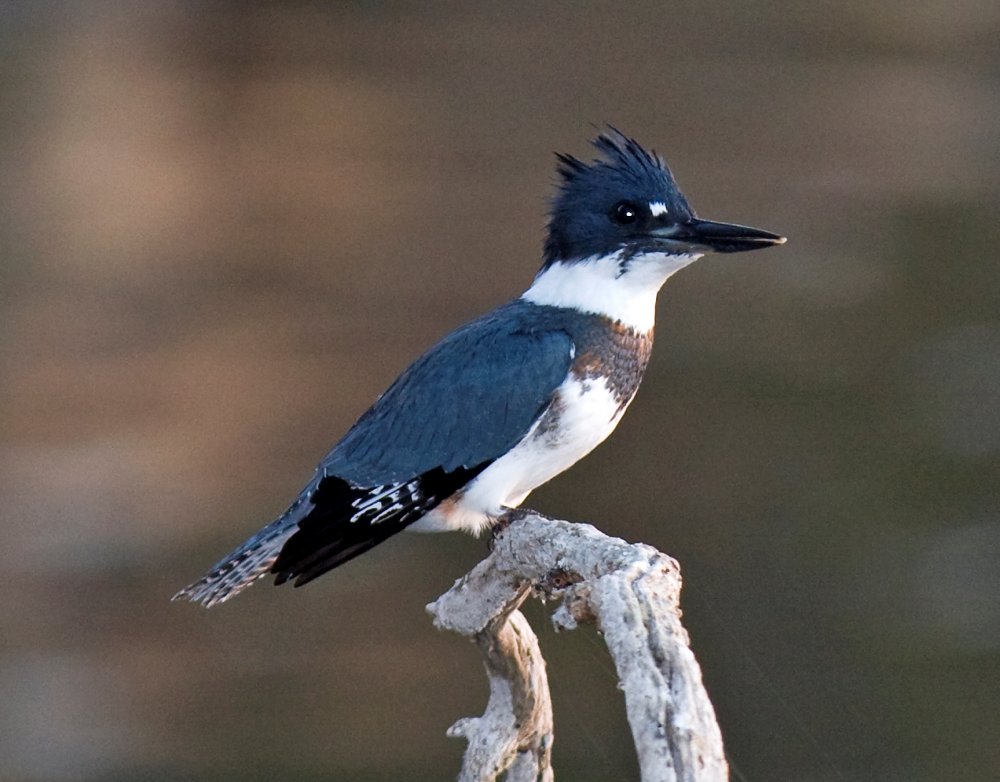
This is one of my favorite birds to see when I am out paddling. You’re not going to get very close though, a good reason to bring along the binoculars. The Kingfisher is a songbird that thinks it’s a hawk. They are actually related to Hummingbirds. You might think that makes them not very aquatic, but I have seen them dive into the water, surface, and take off again, so I guess they put some effort into evolving. ( The Cormorant might want to take notes. ) Kingfishers usually sit in branches near the shoreline, and fly very low and fast over the water.
More: Belted Kingfisher …
